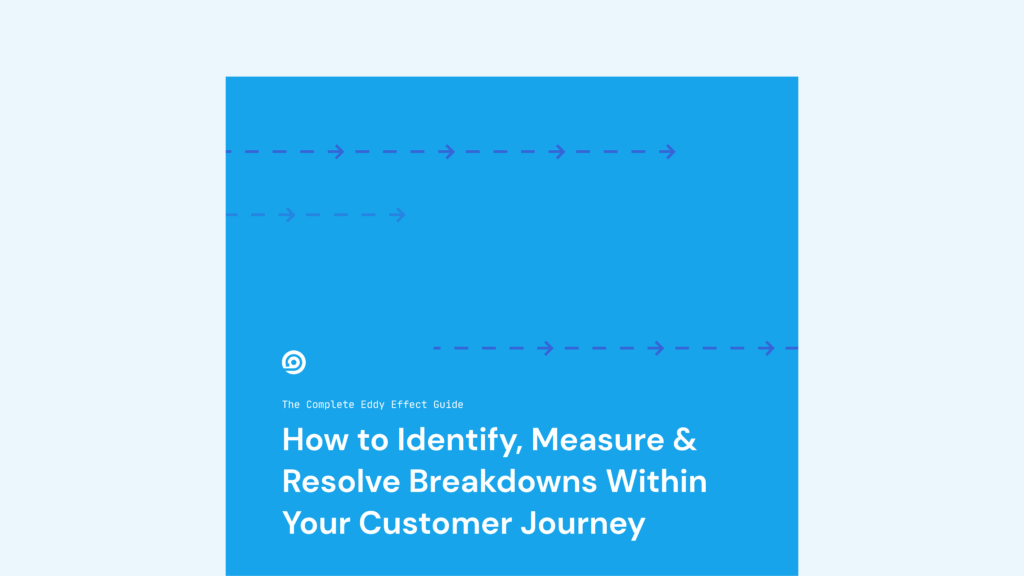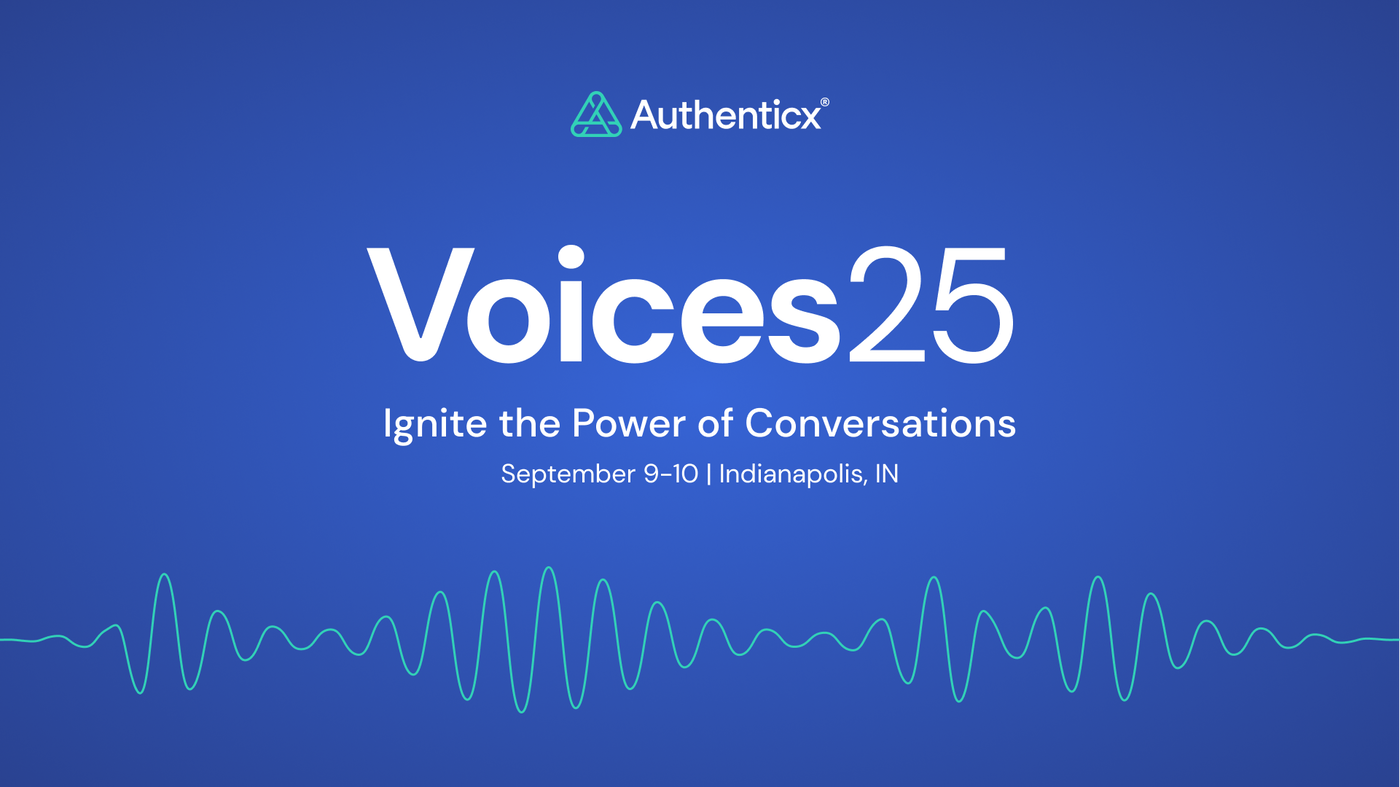
When you consistently listen to customer conversations and surface the Eddies being shared, you can track how they change over time – particularly when you’re deploying new strategies for improving the customer experience.
Here are a few tips on how to successfully monitor the Eddy Effect over time:
Your Eddy Effect rate should be baked into your ongoing weekly or monthly KPI.
Just like any critical metric, you should be regularly reporting on and reviewing the impact of Eddies on your business.
Take time to listen to several sample Eddy calls to get full context.
Remember, nothing replaces listening. Customers are surfacing unsolicited feedback around the Eddies they’re facing on a daily basis. It’s crucial to develop a customer listening program for ongoing insight into what customers are experiencing.
Collaborate with internal customer journey stakeholders to adapt improvement plans.
Resolving Eddies is a time consuming and ever-changing process. Work closely with your Eddy team to make incremental improvements and continually refer back to your Eddy Effect rate as an indicator of success.
It can be one of the most gratifying practices to see how your responses to listening affect not only the experience of your customers but also the bottom line of your business.
If you don’t have the resources to manually listen to and analyze customer interactions on a regular basis, you likely need software to help you listen at scale. Authenticx uses AI and Natural Language Processing to sift through large volumes of customer interactions and surface what’s most important. If you’re looking for automated ways to glean insights from your customer conversations, Authenticx can help.

Get the Complete Guide to the Eddy Effect
Learn how to identify, measure, and resolve breakdowns within your customer journey.


